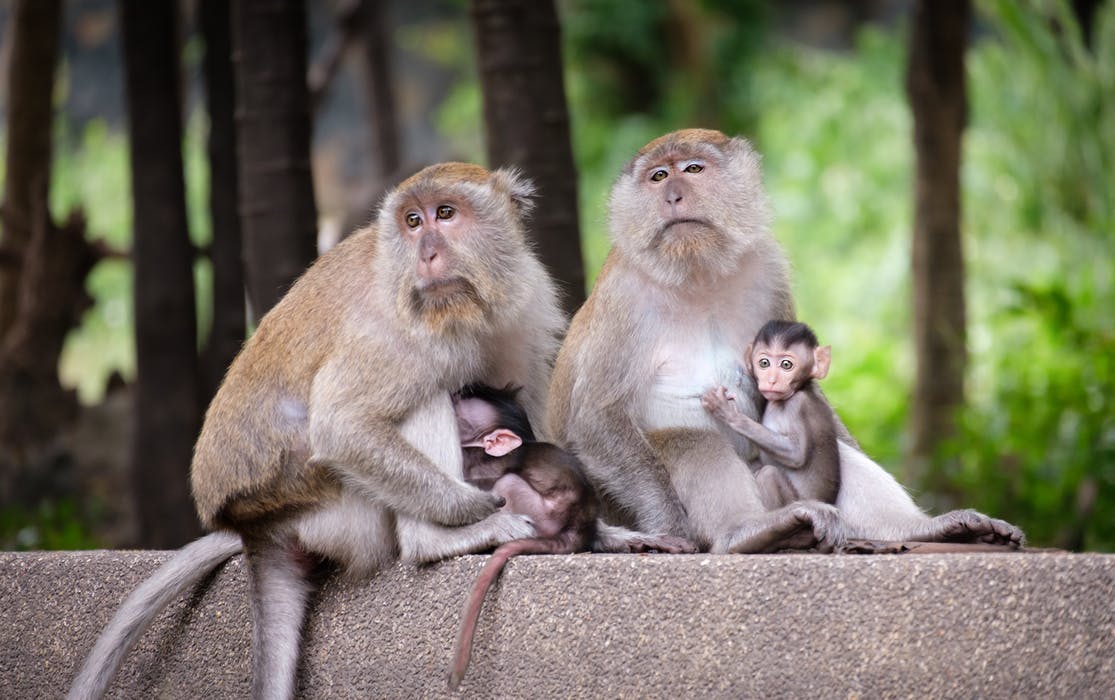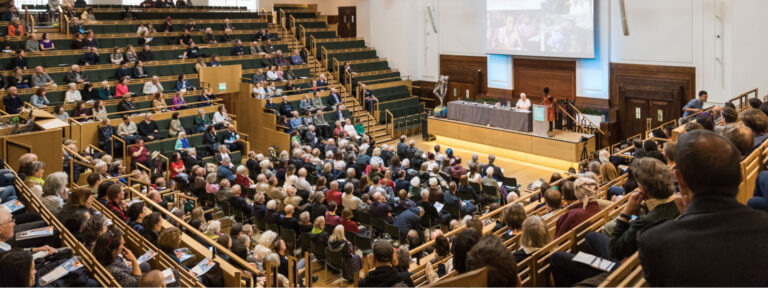
Conservation groups failing nature, says Population Matters
Population Matters media release
6 May 2019, immediate use
Conservation groups failing nature by ignoring human population, says charity.
In light of the lntergovernmental Panel on Biodiversity and Ecosystem Services assessment report published today, campaign charity Population Matters has hit out at conservation groups which fail to address the human population. The report describes human population growth as an “indirect driver” of biodiversity loss and calls for “lowering total consumption and waste, including by addressing both population growth and per capita consumption”. (1)
Population Matters director Robin Maynard said:
“For any organisation charged with protecting nature, failure to acknowledge human population growth as a driver of biodiversity loss is inexplicable. Failure to advocate for the positive and ethical solutions which reduce population growth, improve people’s lives and protect biodiversity is simply negligent.
“Multiple factors contribute to extinctions but the pressure caused by more people demanding more land, food and resources and producing more carbon and pollution clearly underlies a great many of them and especially habitat loss. Of course we must tackle unsustainable consumption, reckless exploitation and ineffective environmental regulations but adding two billion more human beings by 2050 will snatch many of those gains away. There’s no magic bullet to protect biodiversity but no rational and realistic plan to address it can ignore the impact of human numbers.
“The IPBES hasn’t shied away from that reality – nor should the other organisations which the public and policymakers look to for leadership on this issue, whether that’s WWF, regional conservation groups or intergovernmental bodies.”
Last month, Population Matters hosted a conference in London addressing the relationship between human population and the Sixth Mass Extinction (2). In a video message to the conference, Population Matters Patron Dame Jane Goodall said:
“I would encourage every single conservation organisation, every single government organisation, to consider the absurdity of unlimited economic development on a planet with finite natural resources… We can’t go on like this. We can’t push human population growth under the carpet.” (Video available, 3)
Responding to the IPBES report, one of the speakers at the conference, Dr Edu Effiom, Director of Biodiversity at Cross River State Forestry Commission, Nigeria, said:
“Many of my colleagues in the scientific and conservation community are deeply conscious of the effect of population pressure on biodiversity. To see such a major report addressing it so explicitly is very welcome. I hope it will lead to more open and constructive discussions about how measures like the sustainable harvest of natural resources, girls’ education and women’s empowerment can be used to benefit people and protect nature.”
Negotiations are currently taking place to set new targets and priorities under the principal international agreement for the protection of biodiversity, the Convention on Biodiversity (4). Population Matters is calling for the so-called “post-2020 framework” to address human population and encourage measures to address population size.
-ends-
Contact: Alistair Currie, Head of Campaigns and Communications:
E: Alistair.currie@populationmatters.org
T: 0208 123 9170
NOTES FOR EDITORS BELOW
Related content
Notes for editors
(1) IPBES Summary for Policymakers of the Global Assessment Report on Biodiversity and Ecosystem Services
P8: ” the following changes are mutually reinforcing: (1) enabling visions of a good quality of life that do not entail ever-increasing material consumption; (2) lowering total consumption and waste, including by addressing both population growth and per capita consumption differently in different contexts.” (Emphasis added.) P5: The negative trends in biodiversity and ecosystem functions are projected to continue or worsen in many future scenarios in response to indirect drivers such as rapid human population growth, unsustainable production and consumption and associated technological development. In contrast, scenarios and pathways that explore the effects of a low-to-moderate population growth, and transformative changes in production and consumption of energy, food, feed, fibre and water, sustainable use, equitable sharing of the benefits arising from use and nature-friendly climate adaptation and mitigation, will better support the achievement of future societal and environmental objectives.
Summary for Policymakers IPBES Global Assessment
(2) The Last Elephant in the Room: human population and the sixth mass extinction took place on 27 April. The conference featured Population Matters director Robin Maynard, Dr Mark Wright, Head of Science at WWF-UK, Dr Edu Effiom, Head of Biodiversity at Cross River State Forestry Commission, Nigeria, Dr Winnie Kiiru, Technical Adviser Elephant Protection Initiative, Kenya and Philip Lymbery, CEO of Compassion in World Farming. Video messages were sent by Dame Jane Goodall and UK wildlife campaigner Bella Lack.
(3) Video available at https://www.youtube.com/watch?v=2t8DLzLqj5Q
(4) The Convention on Biodiversity is the key international agreement protecting global biodiversity. It obliges signatory governments to develop plans to protect biodiversity in their own nations, sets targets and coordinates international action. Following an initial set of targets to be met by 2020, governments are now negotiating the next stage of the Convention’s work. Please contact your government to ask for action on human population to be included in the CBD’s programme after 2020. https://www.cbd.int/conferences/post2020
Key biodiversity and human population studies
The World Scientists Warning to Humanity: Second Notice, published In Bioscience in 2017 has now been endorsed by more than 20,000 scientists. It details decline in almost every marker of environmental resilience, and warns of “catastrophic biodiversity loss”. The paper identifies “continued rapid population growth as a primary driver behind many ecological and even societal threats”. It lists 13 policy measures essential to safeguarding our future, including the provision of family planning and girls’ education to reduce fertility and “estimating a scientifically defensible, sustainable human population size for the long term while rallying nations and leaders to support that vital goal.”
Ripple et al. and signatories from 180 countries (2017) World Scientists’ Warning to Humanity: A Second Notice, Bioscience https://academic.oup.com/bioscience/article/67/12/1026/4605229
Research published in the July 2017 Proceedings of US National Academy of Sciences reviewed data on 27,600 terrestrial vertebrate species, with a more detailed analysis of 177 mammal species. It concluded that “the ultimate drivers of those immediate causes of biotic destruction, namely, human overpopulation and continued population growth, and overconsumption, especially by the rich.”
Gerardo Ceballos, Paul R. Ehrlich, and Rodolfo Dirzo (2017) Biological annihilation via the ongoing sixth mass extinction signalled by vertebrate population losses and declines, from: https://www.pnas.org/content/114/30/E6089
A study published in Science this March found reveals that rapid human population growth along the edge of the Serengeti-Mara ecosystem is squeezing out wildlife and damaging the ecosystem, despite the area’s protected status. Within 40 years, human population has increased four-fold within some park boundary areas, while populations of wild animals have plummeted by up to 75 percent. Veldhuis et al (2019) Cross-boundary human impacts compromise Serengeti-Mara ecosystem, Science https://science.sciencemag.org/content/363/6434/1424
A study published in Nature Ecology and Evolution last week quantified a variety of drivers of biodiversity and ecosystem services losses. It found that “Economic and population growth have been driving the upward trend of impacts on biodiversity and ecosystem services, despite a reduction of the impacts per unit of GDP.”
Marques, A. et al. Increasing impacts of land use on biodiversity and carbon sequestration driven by population and economic growth. Nature Ecology & Evolution, 2019; DOI: 10.1038/s41559-019-0824-3
The 2019 EAT-Lancet Commission report on global food sustainability examines how to feed the human population up until 2050 without causing irreversible damage to the environment. It notes that 80% of extinction threats to mammal and bird species are due to agriculture. The study concludes that a “transformation” of food production and consumption would allow a global population of 10bn to be fed sustainably but that achieving sustainability for a population of over 10bn is “increasingly unlikely”.
Willet et al (2019) Food in the Anthropocene: the EAT–Lancet Commission on healthy diets from sustainable food systems https://www.thelancet.com/journals/lancet/article/PIIS0140-6736(18)31788-4/fulltext

